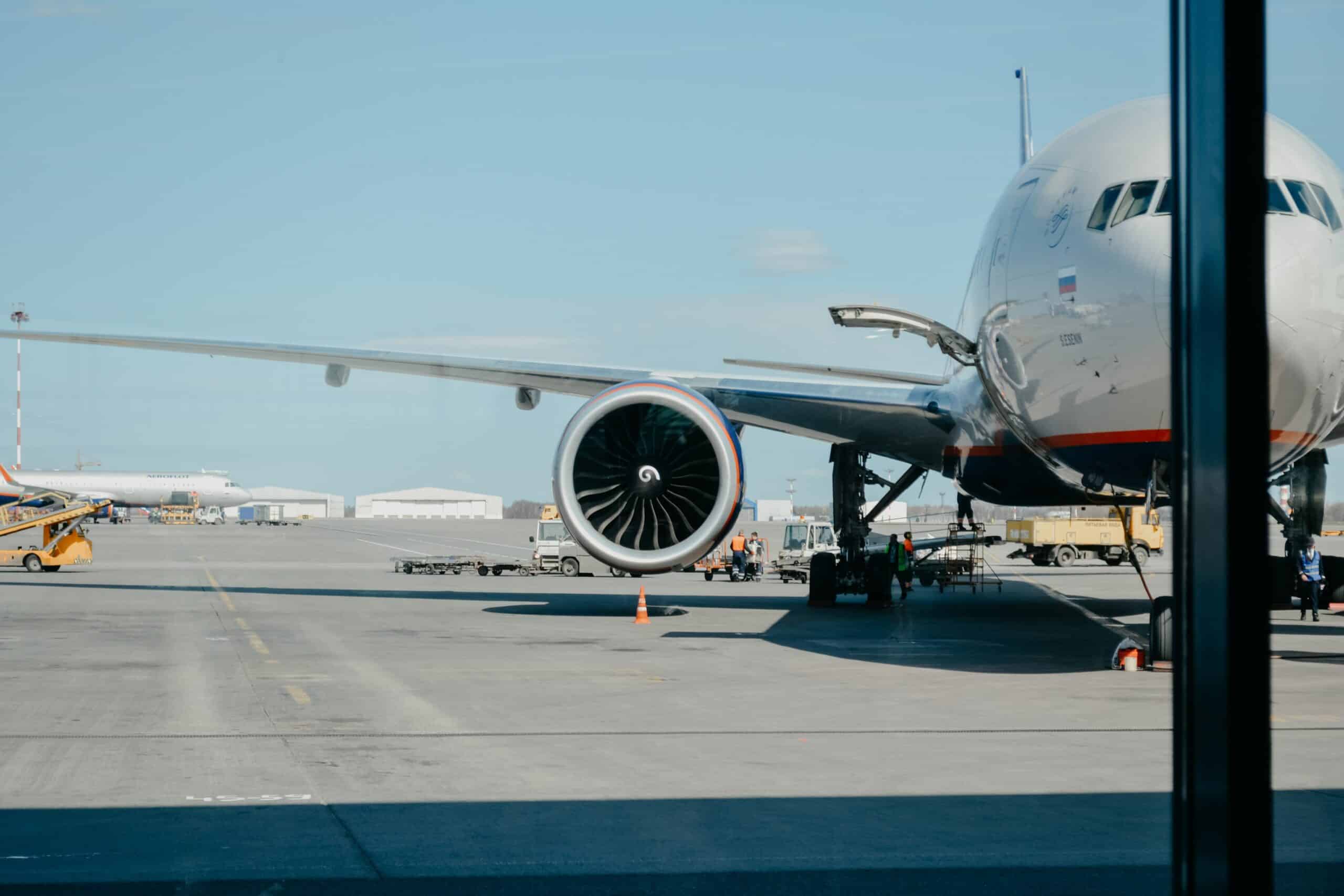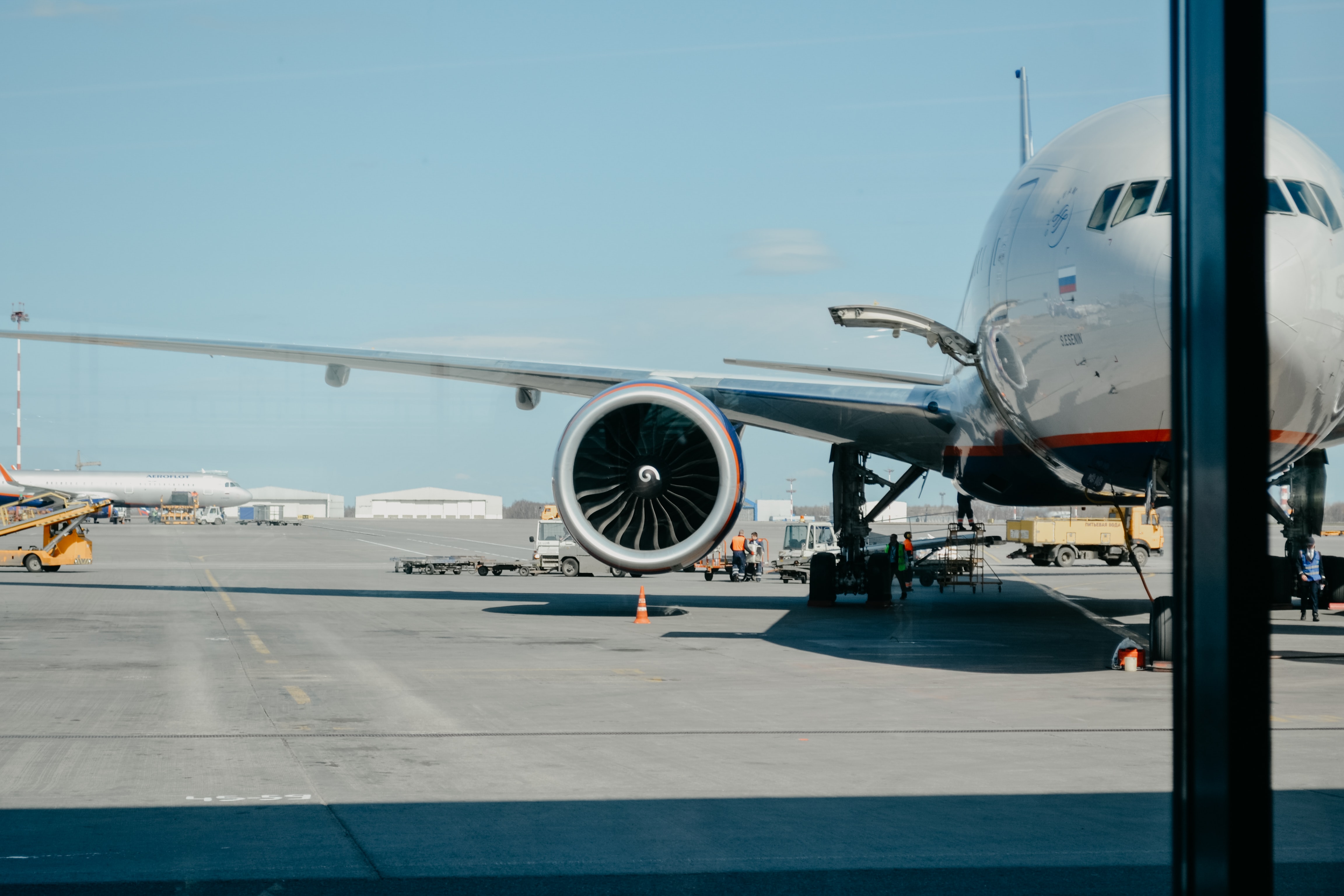
As an avid traveler, I’ve learned that packing smart for airplane travel is crucial. We all want to avoid paying expensive checked baggage fees and the hassle of waiting at the luggage carousel. Carry-on luggage is the ideal solution for shorter trips. However, the rules regarding what you can bring on board seem to get more complicated every year.
Through trial and error from my many plane trips, I’ve got a good handle on what you can and cannot bring in your carry-on bag. Here is a helpful guide to ensure smooth security screening and follow all carry-on luggage regulations.
Before packing your carry-on, you need to ensure it adheres to the size and quantity limits set by the airline. The standard size restriction for the biggest piece of carry-on luggage is 22 x 14 x 9 inches. This includes the handles and wheels. Most airlines also limit you to one carry-on bag plus a small personal item like a purse, briefcase, or small backpack.
Some budget airlines have tighter restrictions, so always check ahead of time. If your carry-on is oversized, you’ll need to gate check it before boarding. Some tips to follow:
Sticking to the standard carry-on size and limit of one bag can prevent headaches at the airport. I’ve made the mistake of overpacking more than once and had to frantically repack at the gate. Not fun!

Once you’ve got the right sized bags, you need to carefully consider what you pack inside. The TSA has extensive rules about what is allowed in carry-on luggage and on your person when going through airport screening. Some prohibited items surprise travelers, so review the rules carefully before packing:
Prohibited Items:
Permitted Items:
The TSA offers an extensive database where you can look up if an item is allowed. When in doubt, just pack it in your checked luggage to avoid problems. I was once very disappointed to surrender a new jar of artisanal honey at the screening checkpoint.
Packing light is an art that takes practice and organization. Here are my best tips for fitting all your carry-on essentials:
The ideal carry-on has just enough to get by for a short trip but isn’t bursting at the seams. You should have some room to stash a few souvenirs on your return.
While the major items for your carry-on are clothing, shoes, toiletries, and electronics, some other useful extras can make your flight more comfortable:
Packing these handy extras helps flights go more smoothly from start to finish. You want quick and easy access to essentials without digging around in your bag at 35,000 feet. Having snacks and entertainment at the ready prevents boredom and crankiness from setting in.
With a properly packed and well-organized carry-on that follows all the rules, you’ll breeze through security and be ready to explore your destination. Just remember to also arrive at the gate on time! No amount of smart packing helps if you miss your flight. What strategies do you recommend for hassle-free carry-on luggage? Let me know your best tips in the comments!